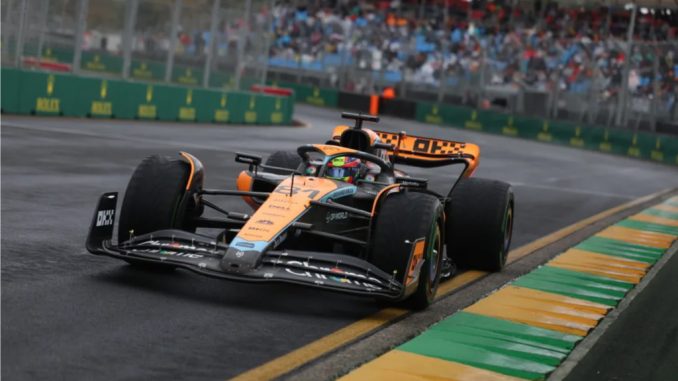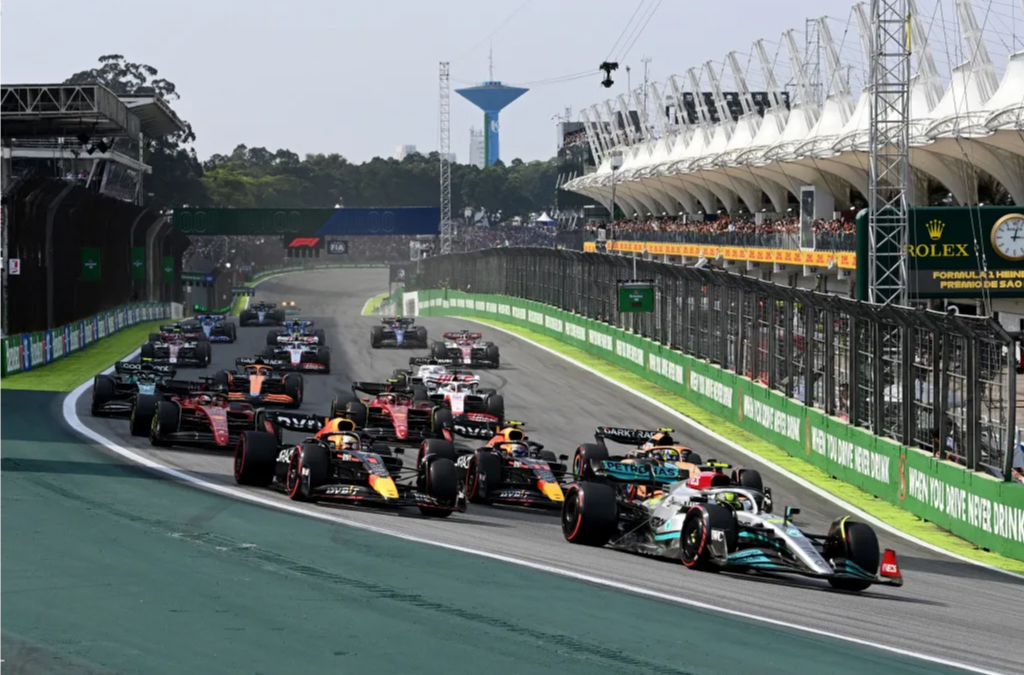
What to expect from F1’s all-new Sprint format
In keeping with the theme of the Sprint, our guide to Formula 1’s bite-sized grand prix is short and sharp.
The F1 Sprint is returning this weekend in Austria. This is your lowdown on what it is and what you need to know…
What changes have been made to the format?
On a Sprint weekend, we get only one hour to finalize our setups, with a single Free Practice session.
Following the conclusion of Free Practice, the MCL60 will be locked into parc fermé conditions, and no more changes can be made – which leaves one burning question: do we still need to call it Free Practice 1, or will Free Practice suffice?
The big change for this year is that the Sprint will be a standalone event, which will not affect the starting grid on Sunday. That means that we’ll get two qualifying sessions…
Qualifying for the Grand Prix on Sunday will take place at 16:00 (BST) on Friday and will use the standard format and length.
Qualifying for the Sprint will then take place at 11:00 (BST) on Saturday morning. Named the Sprint Shootout, this will use a shortened version of the standard qualifying format, with Q1, Q2 and Q3 lasting 12, 10 and eight minutes – each separated by seven-minute intervals.
What about the races?
The actual Sprint race will follow the same format as in 2022. It is 100km long and points handed out to the top eight finishers: the winner taking home eight points, and the driver in eighth gaining just one point.
Unlike in 2022, the finishing order of the Sprint Race will not affect the starting grid for Sunday’s Grand Prix.
The race on Sunday will then take place as usual… Make sense? Good.
Where else will this format be used?

The new Sprint format will be used at six grand prix this year. The first was held at the Azerbaijan Grand Prix. The rest will take place in Austria, Belgium, Qatar, Austin and Brazil.
Why have the changes been made?
By removing the risk of dropping down the starting order for Sunday’s Grand Prix, it is hoped that the new Sprint format will produce more competitive racing and a better spectacle.
The idea is that it will effectively become a bitesize version of the fully-fledged grand prix, providing a great introduction to racing for newcomers, and an additional wedge of overtaking action for the long-term fan.
It also solves the problem of what to do with FP2. Given that cars had already been locked into parc fermé conditions – meaning that no further changes can be made to them – by the time FP2 came around on Saturday, it had become a largely pointless session. But FP2 has now been replaced by the Sprint Shootout, giving fans further competitive action. That increases the importance of Free Practice 1 for teams, but it’s nothing we can’t handle.
McLaren F1 | Photos: McLaren F1



